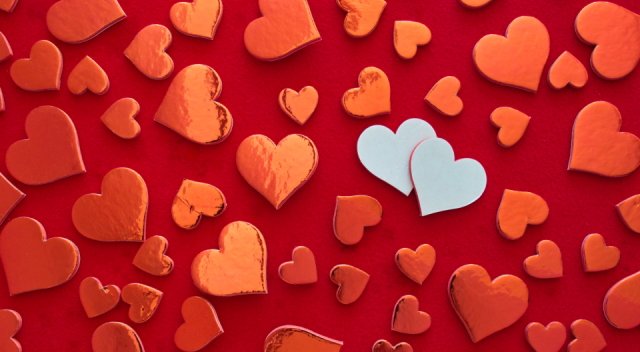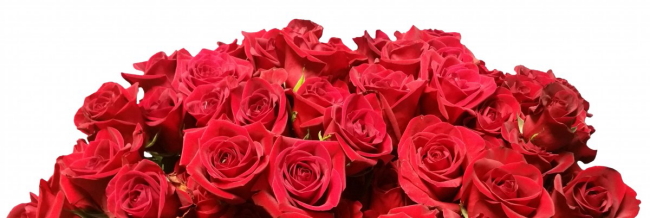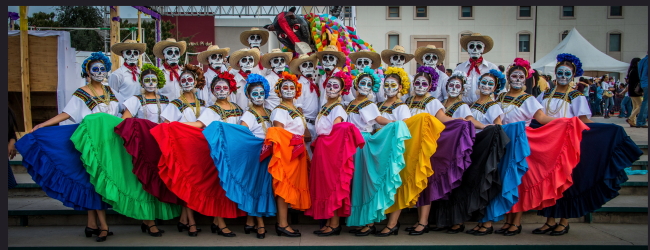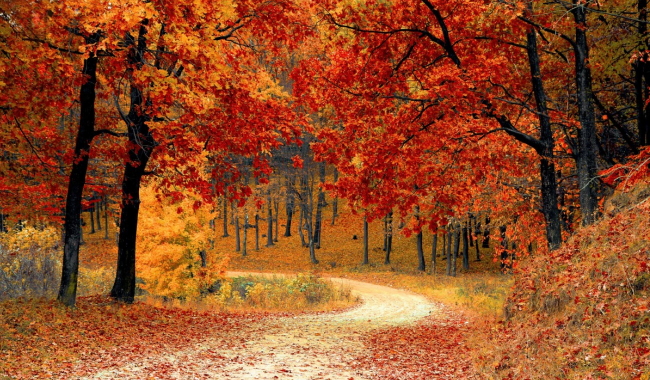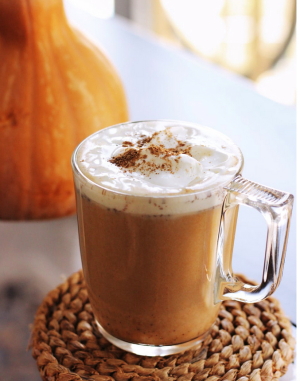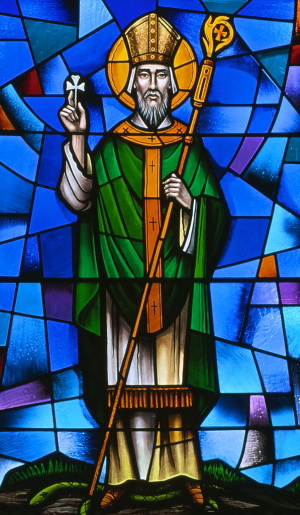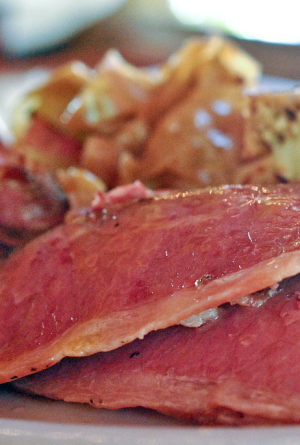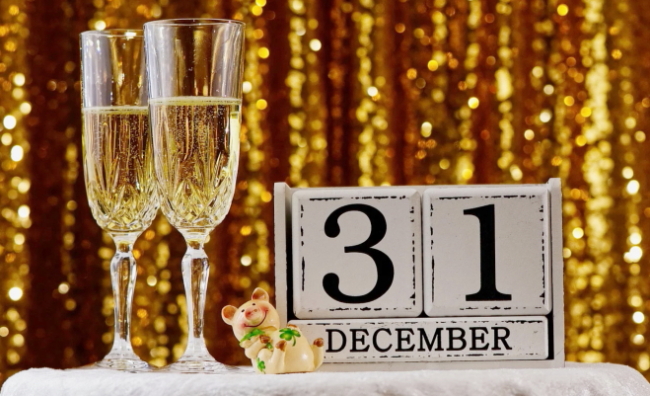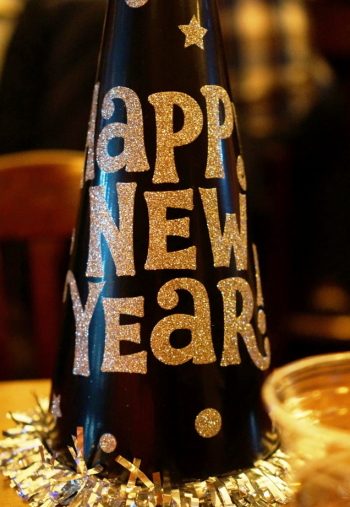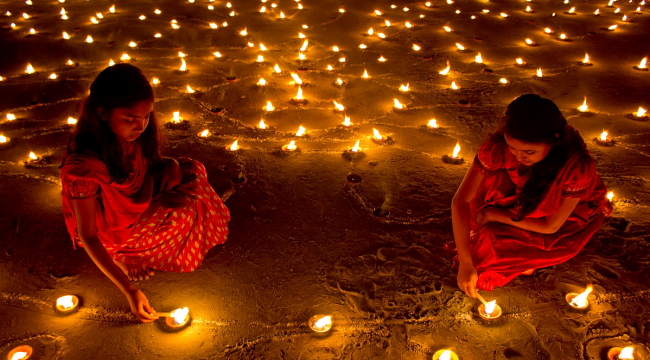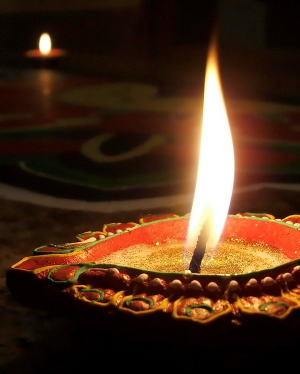TUESDAY, FEBRUARY 14: Declare love for someone special in your life today without the limits of chocolates and roses—Valentine’s Day has a rich and varied history that includes friendship, sacred marriages and even courtly love! From Finland, where friendship is celebrated, to the religious devotion of three early Christian saints named Valentine, one message is clear: Today is the day to express boundless love, however and to whomever you see fit.
NEWS 2023: A recent survey released by the National Retail Federation and Prosper Insights & Analytics found that consumers are expected to spend $25.9 billion on Valentine’s Day this year, up from $23.9 billion in 2022 and one of the highest spending years on record (read more from NRF.com).
History doesn’t document any romantic association with Valentine’s Day until the High Middle Ages and the poetry of Geoffrey Chaucer—and, in particular, Chaucer’s composition Parlement of Foules, for King Richard II of England and Anne of Bohemia. News of the Parlement spread rapidly, and courtly love soon flourished. Lovers across the country began expressing their feelings for each other on Valentine’s Day, with long poems, flowers and notes. By the end of the 18th century, Valentine cards were being produced and exchanged. Through the decades, Valentines evolved from lace-and-ribbon trinkets to paper stationery to a holiday involving more expensive gifts, chocolates and jewelry. Today, the U.S. Greeting Card Association estimates that approximately 190 million Valentines are sent in the United States annually (not including the inexpensive Valentine cards exchanged among schoolchildren).
Did you know? The earliest credited “valentine”—aside from the alleged note written in a jail cell by St. Valentine, more than 1,000 years earlier—was composed in 1415 by Charles, Duke of Orleans, to his wife.
ST. VALENTINE—OR ST. VALENTINES?
Historically, there were three Saint Valentines in Christian history, all of whom are honored on St. Valentine’s Day. Of the three, the most noted Valentine was a Roman priest who assisted persecuted Christians during the 3rd century. This Valentine performed secret weddings for soldiers, and even handed out paper heart cutouts to symbolize God’s love. On the night before his execution, legend has it that Valentine wrote a letter to his jailer’s daughter, signing it, “from your Valentine.”
VALENTINE’S DAY AROUND THE WORLD
Globally, Valentine’s Day is about much more than romantic love. In Finland and Estonia, Valentine’s Day celebrates friendship; in some Latin countries, the holiday is known as “Day of Love and Friendship.” In Asia, two holidays—Valentine’s Day, and its reciprocal holiday, White Day—make for two expensive occasions for exchanging gifts with that special someone. Traditional Hindu and Islamic cultures generally disregard Valentine’s Day, though in Iran, efforts have been made in recent years to establish a festival of love for mothers and wives on Feb. 7.
RECIPES, IDEAS & NEWS ‘FROM THE HEART’
Cooking for your Valentine? Check out recipe ideas from Food Network, Good Housekeeping, Bon Appetit, and even Pillsbury.
Looking to propose this Valentine’s Day? Cracker Barrel is offering free food for one year to five couples who become engaged at its restaurant: from Feb. 10-16, couples who post their proposal video at Cracker Barrel will be entered. Read more here.
For fans of “Friends,” Brach’s will be releasing its Conversation Hearts with words and phrases from the popular television show, including “Lbstr,” “Pivot” and “On a Break.”
